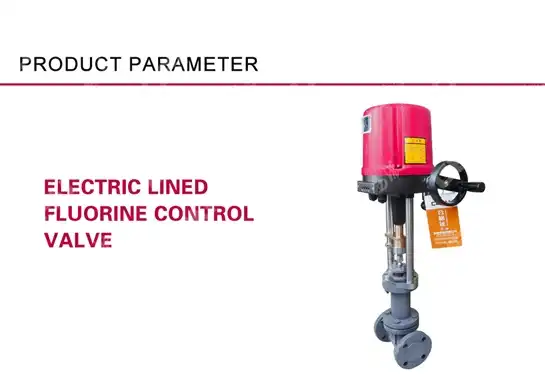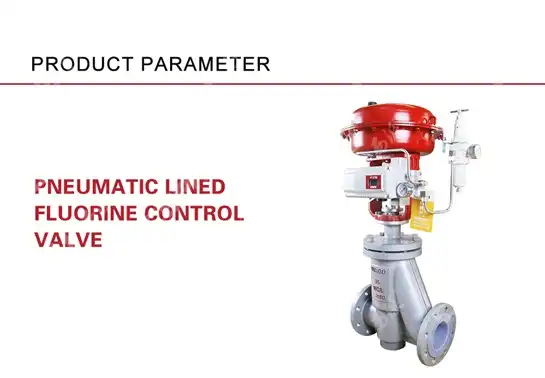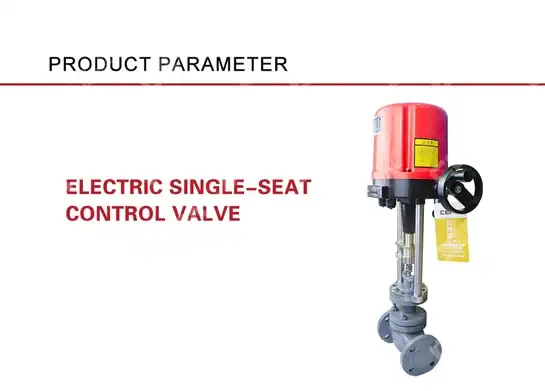Bellows vs. Packing: Which Seal is Safer for Toxic and Hazardous Media
When industrial facilities handle toxic chemicals, corrosive substances, or hazardous media, even the smallest leak can lead to catastrophic consequences—environmental contamination, worker injuries, regulatory violations, and costly production shutdowns. Plant engineers and safety managers face a critical decision: should they rely on traditional packing seals or invest in advanced Bellows Seal Valves? The answer determines not just operational efficiency, but the safety of personnel and compliance with increasingly stringent environmental regulations. This comprehensive analysis examines the fundamental differences between bellows and packing sealing technologies, providing the definitive guide to making the right choice for your most demanding applications.
Understanding Bellows Seal Valves Technology
Bellows Seal Valves represent a quantum leap in sealing technology, utilizing a flexible metallic bellows to create an impermeable barrier between the process media and the atmosphere. Unlike conventional sealing methods, the bellows design eliminates the need for traditional packing materials around the valve stem, creating a hermetically sealed system that prevents any possibility of fugitive emissions. The bellows mechanism consists of multiple convolutions of corrosion-resistant materials such as 304L, 316L, or Hastelloy C alloy, engineered to flex thousands of times while maintaining absolute seal integrity. The operational principle of Bellows Seal Valves centers on the bellows' ability to accommodate stem movement through expansion and contraction cycles while maintaining zero leakage to atmosphere. During valve operation, the bellows extends and compresses in a controlled manner, allowing the valve stem to move freely while preserving the hermetic seal. This design eliminates the gradual degradation associated with packing materials, which compress over time and require constant maintenance to prevent leaks. Modern Bellows Seal Valves incorporate pressure-balanced valve cores with equal percentage, linear, or quick-opening flow characteristics, providing precise control while ensuring absolute containment of hazardous substances.
-
Advanced Materials and Construction
The construction of Bellows Seal Valves demands exceptional material engineering to withstand the dual challenges of mechanical stress and chemical compatibility. The bellows component typically utilizes high-grade stainless steel alloys, with 316L being the most common choice for its excellent corrosion resistance and fatigue properties. For more aggressive applications involving hydrochloric acid, sulfuric acid, or other highly corrosive chemicals, Hastelloy C or other superalloys provide superior resistance to chemical attack while maintaining the necessary flexibility for repeated cycling. The valve body materials range from standard carbon steel (WCB) for moderate applications to exotic alloys such as CF8M (316 stainless steel casting equivalent) for highly corrosive environments. The internal components, including the valve core and seat, are precision-machined from materials specifically selected for the intended service conditions. Valve seats may be metal-to-metal for high-temperature applications or utilize soft seating materials like PTFE for enhanced shutoff capability in lower-temperature services.
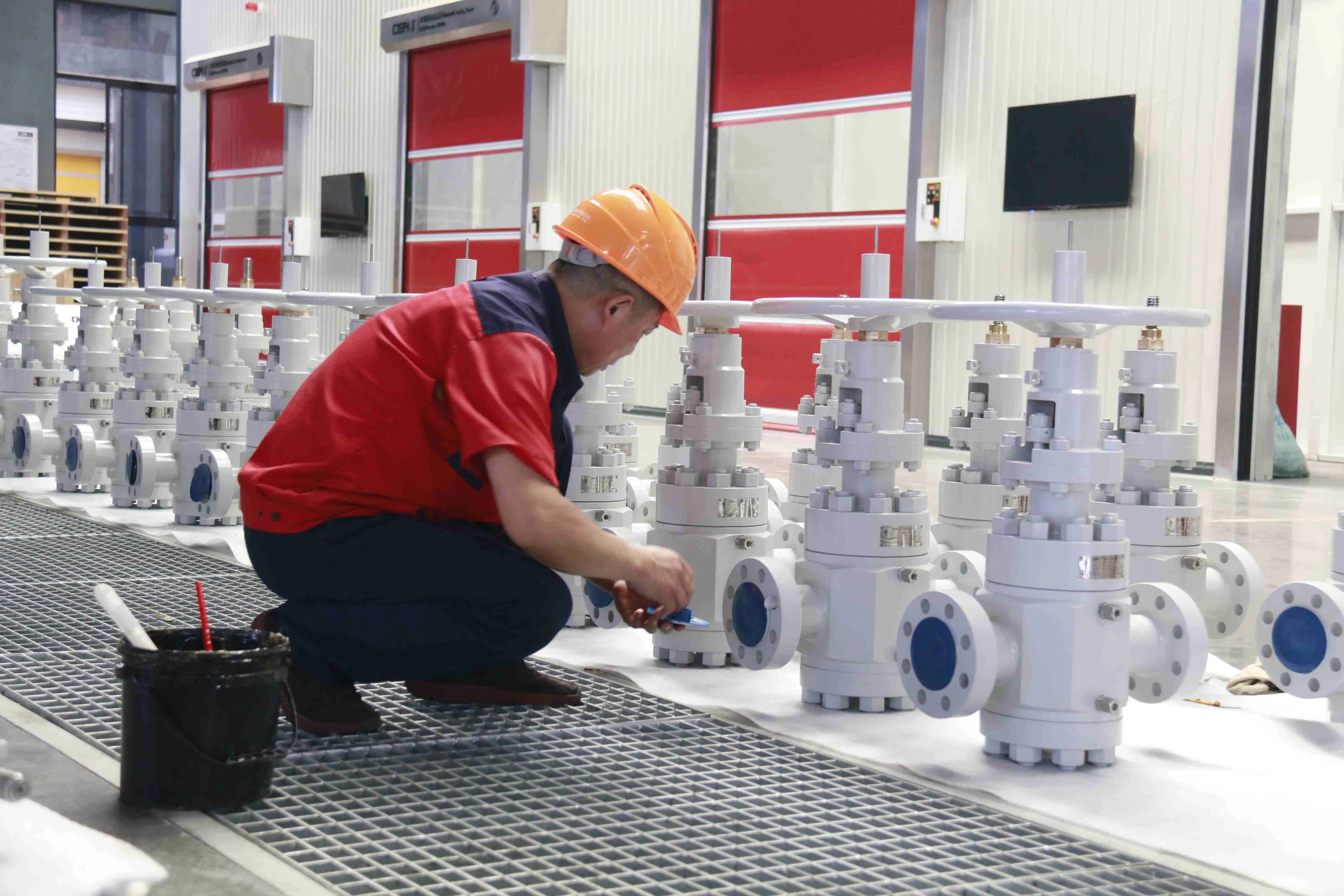
Traditional Packing Systems: Limitations and Challenges
Traditional packing systems have served the valve industry for decades, utilizing compressed fibrous materials such as PTFE V-shaped packing, graphite, or flexible graphite to create a seal around the valve stem. These systems rely on the principle of controlled leakage, where the packing material is compressed to minimize but not completely eliminate process fluid migration along the stem. While this approach has proven adequate for many applications, it inherently involves a compromise between seal effectiveness and stem operability. The fundamental limitation of packing systems becomes apparent when handling toxic or hazardous media. Even minimal leakage rates, which may be acceptable for benign fluids, can result in serious safety hazards when dealing with hydrogen sulfide, ammonia, chlorine, or other dangerous substances. Packing materials naturally degrade over time due to chemical attack, thermal cycling, and mechanical wear, leading to increased leakage rates that require frequent maintenance intervention. The maintenance requirements not only increase operational costs but also expose personnel to the hazardous media during packing replacement procedures.
-
Maintenance and Reliability Challenges
Packed valves require regular maintenance to maintain acceptable leakage rates, typically involving packing adjustments, additions, or complete replacement. This maintenance must be performed while the valve remains in service, often requiring specialized procedures and safety protocols when handling hazardous materials. The maintenance frequency depends on the severity of the service conditions, with high-temperature, high-pressure, or chemically aggressive applications requiring more frequent intervention. Each maintenance event represents a potential exposure risk for maintenance personnel and an opportunity for process upset or contamination. The reliability challenges extend beyond routine maintenance to include unpredictable failure modes. Packing materials can fail suddenly due to chemical degradation, thermal shock, or mechanical damage, leading to uncontrolled releases that may require emergency shutdown procedures. These failures often occur at the most inconvenient times, such as during peak production periods or adverse weather conditions when personnel safety is already compromised.
Safety Comparison: Bellows Seal Valves vs. Packing Systems
The safety advantages of Bellows Seal Valves become most apparent when comparing emission rates and failure consequences. Independent testing has demonstrated that properly designed and maintained Bellows Seal Valves achieve emission rates below 100 parts per million (ppm) methane equivalent, often reaching near-zero levels. In contrast, packed valves typically exhibit emission rates ranging from 500 to 10,000 ppm, even when properly maintained. For toxic substances where exposure limits may be measured in parts per billion, this difference becomes critical for personnel safety and regulatory compliance. The hermetic sealing capability of Bellows Seal Valves eliminates the gradual deterioration associated with packing materials, providing consistent performance throughout the valve's service life. This reliability is particularly important in applications involving carcinogenic substances, acute toxins, or materials that can cause irreversible health effects even at low concentrations. The elimination of fugitive emissions also reduces the risk of vapor cloud formation, which could lead to fire or explosion hazards in the presence of ignition sources.
-
Regulatory Compliance Advantages
Environmental regulations continue to tighten emission standards for industrial facilities, with particular focus on volatile organic compounds (VOCs), hazardous air pollutants (HAPs), and greenhouse gases. The Clean Air Act amendments and international protocols such as the Kyoto Protocol have established increasingly stringent limits on fugitive emissions from industrial equipment. Bellows Seal Valves provide a proven solution for meeting these regulatory requirements without the uncertainty associated with packing degradation over time. The documentation requirements for environmental compliance are significantly simplified with Bellows Seal Valves, as their consistent performance eliminates the need for frequent leak detection and repair (LDAR) monitoring. Traditional packed valves require regular monitoring using portable emission detection equipment, with documented repairs when emission thresholds are exceeded. This monitoring represents not only a significant cost burden but also increases personnel exposure to potentially hazardous atmospheres during the detection process.
Performance Analysis in Hazardous Media Applications

Real-world performance data from petrochemical facilities, pharmaceutical plants, and chemical processing operations consistently demonstrate the superior performance of Bellows Seal Valves in hazardous media applications. A comprehensive study of refinery operations showed that facilities utilizing Bellows Seal Valves for hydrofluoric acid service experienced 95% fewer leak incidents compared to facilities using packed valves. The study also documented significant reductions in maintenance costs, personnel exposure hours, and environmental compliance violations. The temperature and pressure capabilities of modern Bellows Seal Valves have expanded significantly, with current designs capable of operating from cryogenic temperatures (-196°C) to elevated temperatures (400°C) while maintaining pressure ratings up to ANSI Class 2500. This versatility allows their application in diverse hazardous media services, from liquefied natural gas systems to high-pressure hydrogen service in refinery operations. The pressure-balanced valve core design ensures stable operation across the full pressure range while maintaining precise flow control characteristics.
-
Chemical Compatibility Considerations
The chemical compatibility of Bellows Seal Valves depends primarily on the bellows material selection and internal component materials. Extensive chemical compatibility databases are available from manufacturers, providing guidance on material selection for specific chemical services. The key advantage of bellows systems is the ability to select materials based solely on chemical compatibility without the compromise considerations required for packing materials, which must balance chemical resistance with compressibility and stem sealing characteristics. Common material combinations include 316L stainless steel bellows with CF8M body construction for general corrosive service, and Hastelloy C-276 bellows with equivalent body materials for severely corrosive applications. The internal valve components can be independently selected based on flow characteristics and chemical compatibility requirements, providing maximum flexibility in optimizing performance for specific applications.
CEPAI's Advanced Bellows Seal Valve Solutions
CEPAI Group has developed comprehensive Bellows Seal Valves solutions specifically engineered for the most demanding hazardous media applications. Our straight-through cage ball valve design incorporates pressure-balanced valve cores with adjustable flow characteristics (equal percentage, linear, or quick opening) to meet precise process control requirements. The valve construction utilizes premium materials including 316L bellows material for superior corrosion resistance and extended service life, with optional upgrades to Hastelloy C alloy for extremely aggressive chemical services. The manufacturing specifications include nominal diameters from DN15 to DN400mm with pressure ratings of PN16, 40, and 64, or ANSI 150, 300, and 600 class ratings. The temperature range spans from -17°C to +230°C for standard configurations, with extended temperature options available for specialized applications. All valves comply with ANSI B16.104 leakage standards, achieving Class IV performance for metal seats and Class VI for soft-seated configurations, ensuring minimal internal leakage even after extended service.
-
Quality Assurance and Testing Protocols
CEPAI's manufacturing process incorporates comprehensive quality control measures throughout production, from incoming material inspection through final performance testing. Each Bellows Seal Valve undergoes rigorous factory testing including hydrostatic pressure testing, pneumatic seat leakage testing, and bellows fatigue cycle verification. The testing protocols exceed industry standards, with bellows components subjected to accelerated life cycle testing equivalent to 20 years of normal operation under design conditions. The quality management system operates under ISO 9001 certification with additional compliance to ISO 14001 environmental management and ISO 45001 occupational health and safety standards. Traceability documentation accompanies each valve, providing complete material certification, manufacturing records, and test results for lifetime performance verification. This comprehensive approach ensures consistent product quality and provides customers with confidence in long-term reliability and safety performance.
Economic Analysis: Total Cost of Ownership
The initial cost differential between Bellows Seal Valves and packed valves is typically recovered within the first two years of operation through reduced maintenance costs and improved reliability. Detailed economic analysis must consider not only the valve purchase price but also installation costs, maintenance expenses, downtime costs, environmental compliance costs, and safety-related expenditures over the valve's service life. When these factors are properly evaluated, Bellows Seal Valves demonstrate clear economic advantages for hazardous media applications. Maintenance cost comparisons show dramatic differences between sealing technologies. Packed valves in hazardous service typically require packing adjustment or replacement every 6-12 months, with each maintenance event requiring 4-8 hours of skilled technician time plus material costs. The maintenance must be performed under special safety protocols when handling hazardous materials, often requiring additional personnel for safety oversight and atmospheric monitoring. In contrast, Bellows Seal Valves typically operate for 15-20 years without sealing system maintenance, requiring only routine actuator and instrumentation service.
-
Operational Cost Benefits
The operational benefits of Bellows Seal Valves extend beyond direct maintenance savings to include reduced insurance premiums, lower regulatory compliance costs, and decreased environmental liability exposure. Insurance carriers increasingly recognize the risk reduction provided by superior sealing technology, offering premium discounts for facilities that implement comprehensive leak prevention programs. Regulatory compliance costs are minimized through the elimination of LDAR monitoring requirements and reduced reporting obligations for fugitive emission sources. Production uptime improvements represent another significant economic benefit, as the elimination of emergency leak repairs reduces unplanned shutdowns and production deferrals. The reliability of Bellows Seal Valves allows process optimization without the constraint of frequent maintenance windows, enabling facilities to maximize production efficiency while maintaining strict safety standards.
Installation and Operational Considerations
Proper installation of Bellows Seal Valves requires careful attention to pipeline alignment and support to prevent excessive stress on the bellows assembly. The installation procedures differ from packed valves primarily in the requirements for precise valve orientation and the need to protect the bellows from mechanical damage during installation. Proper support of connected piping is essential to minimize vibration and thermal stress that could affect bellows life. Installation guidelines specify maximum allowable pipe stress levels and require the use of expansion joints or flexible connections where thermal expansion could impose excessive loads on the valve assembly. Operational procedures for Bellows Seal Valves emphasize the importance of maintaining valve position within the design stroke limits to prevent bellows overextension or excessive compression. Modern valve designs incorporate mechanical stops or electronic position limiting to prevent bellows damage from operator error or control system malfunction. The operational procedures also specify inspection intervals for visual examination of the bellows assembly, although these inspections are primarily precautionary rather than mandatory for continued safe operation.
-
Commissioning and Startup Procedures
The commissioning process for Bellows Seal Valves includes comprehensive leak testing to verify the integrity of the sealing system before introduction of process media. The testing protocol typically involves pneumatic testing with nitrogen at operating pressure, followed by helium leak detection testing to verify hermetic sealing capability. These tests provide baseline performance data and establish reference points for future inspection and maintenance planning. Startup procedures emphasize gradual pressurization and temperature ramping to allow proper thermal equilibrium and stress distribution throughout the valve assembly. The initial operation should include functional testing of the full stroke range to verify proper bellows operation and confirm that all mechanical stops and position limiting devices function correctly. Documentation of initial performance provides valuable reference data for long-term reliability monitoring and helps establish optimal maintenance intervals based on actual operating conditions.
Conclusion
The comparison between bellows and packing sealing technologies reveals clear advantages for Bellows Seal Valves in toxic and hazardous media applications. The hermetic sealing capability, reduced maintenance requirements, superior reliability, and enhanced safety performance make bellows technology the preferred choice for critical applications where personnel safety and environmental protection are paramount.
Cooperate with CEPAI Group Co., LTD.
Partner with CEPAI Group Co., LTD., a leading China Bellows Seal Valves manufacturer with over 15 years of specialized experience in high-end energy valve manufacturing. As a trusted China Bellows Seal Valves supplier, we offer comprehensive solutions from our state-of-the-art 56,000 square meter facility featuring the Asia-Pacific region's longest high-precision intelligent manufacturing production line. Our China Bellows Seal Valves factory maintains ISO 9001, ISO 14001, and ISO 45001 certifications alongside API, CE, and SIL certifications, ensuring world-class quality standards. As a premier China Bellows Seal Valves wholesale provider, we offer competitive Bellows Seal Valves price options with High Quality Bellows Seal Valves for sale to global markets. Our extensive qualifications include supplier certifications from PetroChina, Sinopec, and CNOOC, demonstrating proven performance in the most demanding applications. Contact our expert team at cepai@cepai.com for customized solutions, technical consultation, and competitive quotations that meet your specific hazardous media handling requirements.
References
1. "Fugitive Emissions from Valves in Gas/Vapor Service" by Henderson, R.K., American Institute of Chemical Engineers Process Safety Progress
2. "Comparative Analysis of Valve Sealing Technologies for Hazardous Service" by Thompson, M.J. and Williams, D.L., Journal of Loss Prevention in the Process Industries
3. "Bellows Seal Valve Design and Application Guidelines" by Anderson, K.P., American Society of Mechanical Engineers Pressure Vessels and Piping Division
4. "Environmental and Safety Performance of Industrial Valve Sealing Systems" by Roberts, S.A., Chemical Engineering Progress
_1745994738000.webp)
Get professional pre-sales technical consultation and valve selection services, customized solution services.
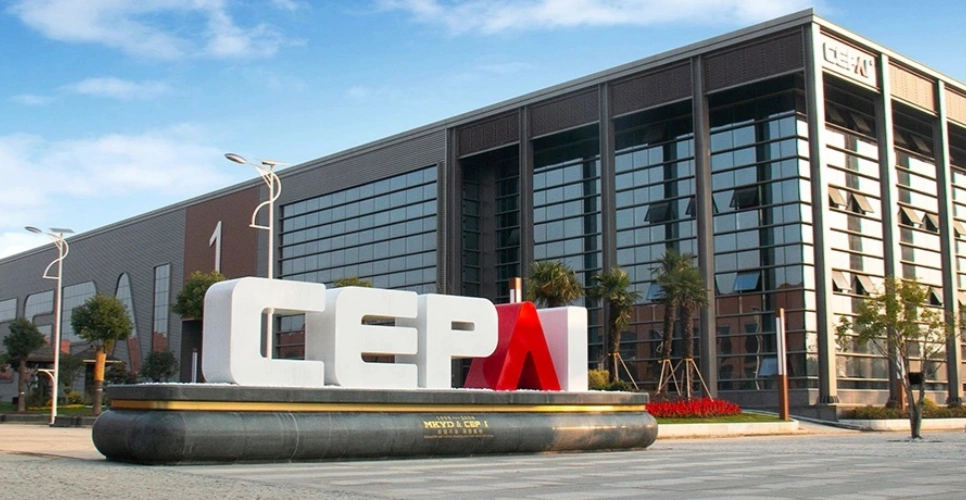
About CEPAI
